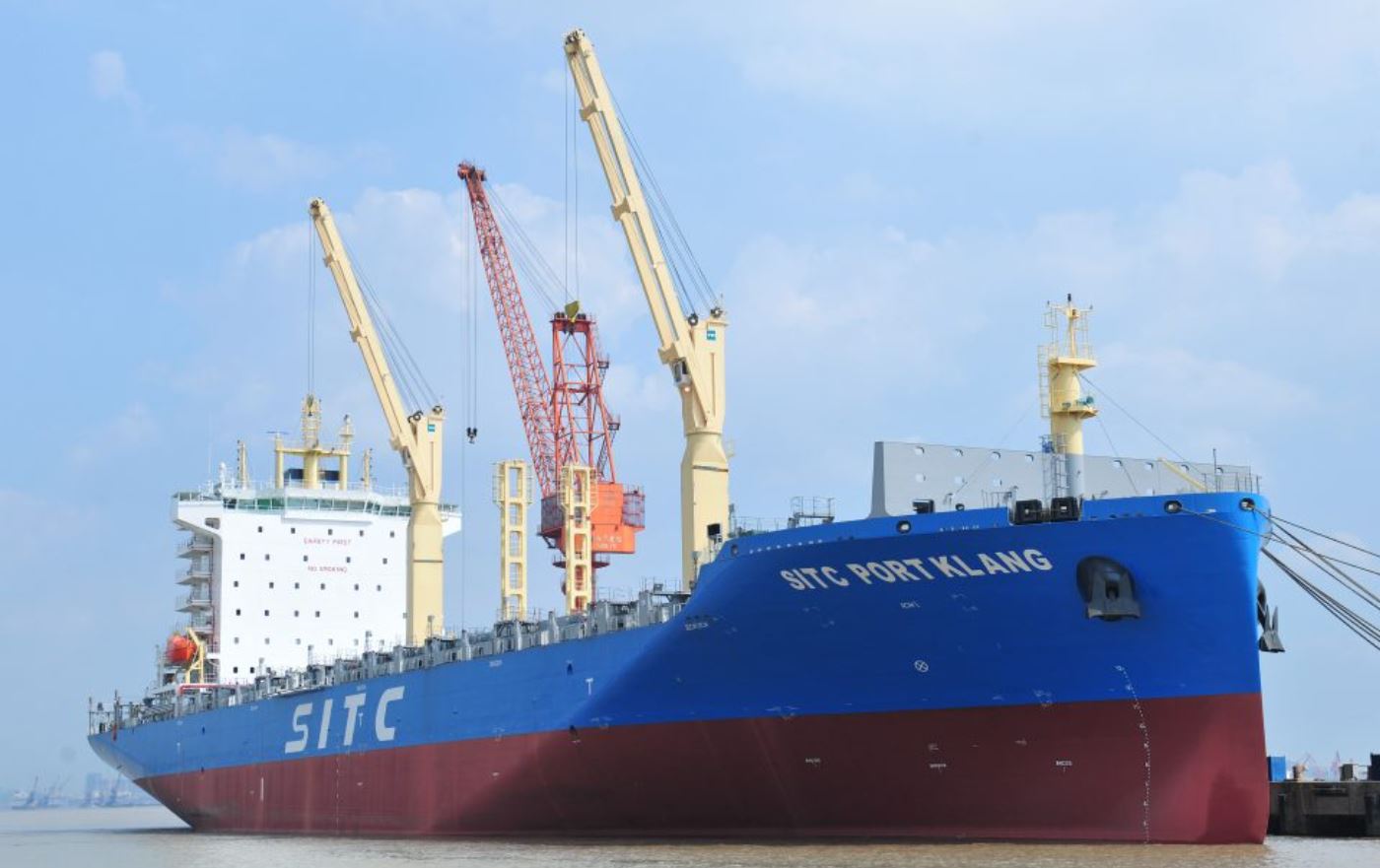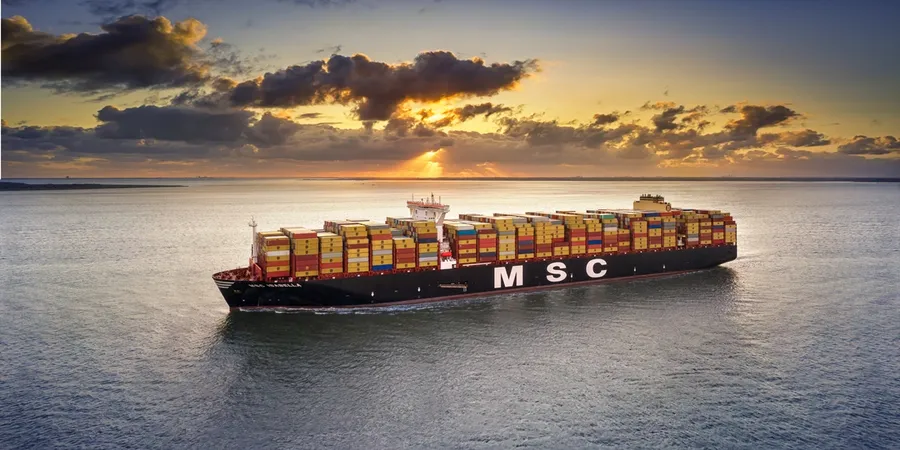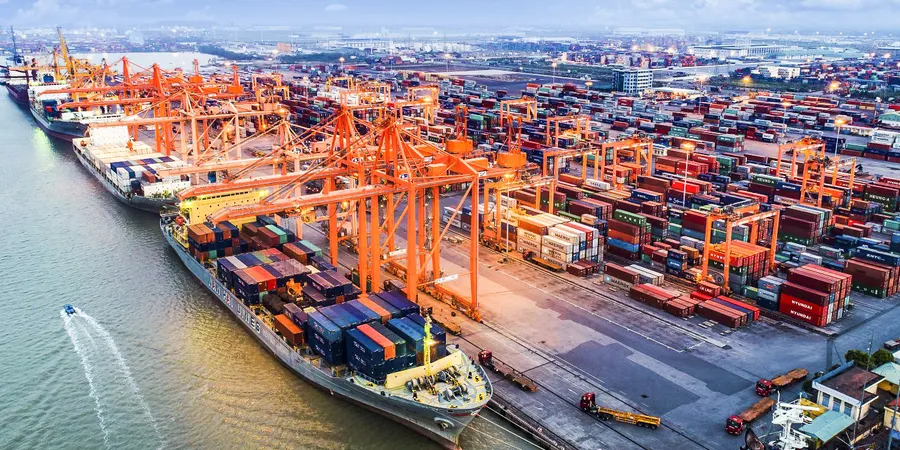SITC exits dry bulk segment after selling off its entire fleet
SITC International Holdings has completed the sell-off of its entire bulk carrier fleet. The Hong Kong-based SITC, the parent company of intra-Asia box carrier SITC Container Lines, marks its exit from the dry bulk segment as the group wants to focus on its core container shipping business.
The online valuation and shipping data provider, VesselsValue report that SITC’s last two bulk carriers, SITC Zhoushan and SITC Lushan, were sold for US$22 million each to Vietnamese dry bulk carrier operator Viet Thuan Transport in late April and are pending delivery.
In February and March, SITC Taishan and SITC Hengshan, were sold for undisclosed prices. Dongguan Haichang Shipping has been identified as the buyer of SITC Hengshan; the same company had bought another SITC bulker, SITC Huangshan, in November 2021.
SITC Container Lines is now the 16th largest liner operator, with a total capacity of 142,106 TEU.
Source: Container News





